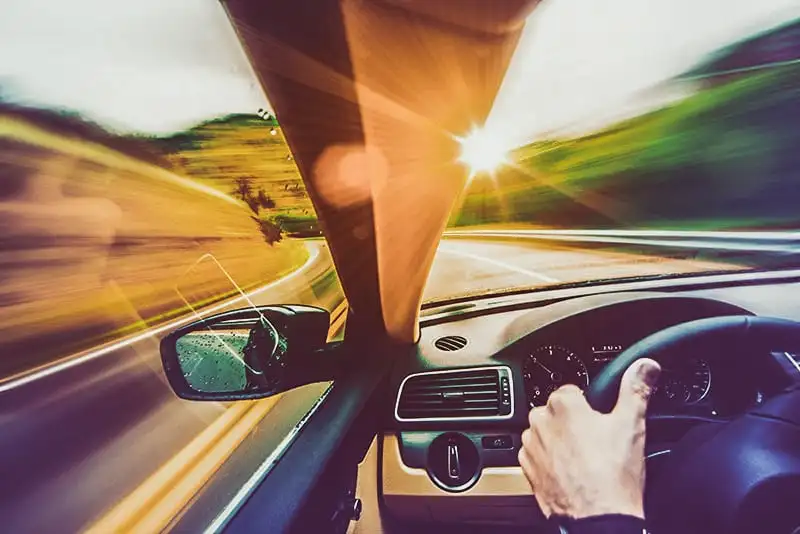Glare is one of the many factors that can impact driving safety. The ability to drive is a necessity in our lives. It provides convenience and mobility.
The term glare is used to describe the brightness of the light, which can be too bright or intense.
This could impair the driver’s ability to see and pose a serious risk. This essay will examine the causes, effects, and possible solutions of scowling while driving.
Natural and artificial sources of light can cause scowling. Sunlight is the most common source of glare, particularly at sunrise and sunset. It is difficult to see the road or objects around you when intense lights are directly in your line of vision. Oncoming headlights can cause it, particularly those with high-intensity discharge (HID) and LEDs. These lights are often blinding to the driver and may even make them feel uncomfortable.
Glare and its Consequences
Driving while scowling can cause accidents, injuries, or even death. Drivers’ ability to see the road, other cars, or traffic signals is significantly reduced when they experience glare. The reduced vision can increase the risk of accidents since drivers are less likely to see pedestrians or obstacles on the road. In addition, discomfort caused by scowling can lead to fatigue, stress and a reduction in reaction time and concentration.
Night Driving Impact
The glare is more prominent at night. The glare of oncoming headlights is blinding when driving in poor lighting conditions. This phenomenon, known as night blindness, can occur. It is difficult for drivers to adapt their vision to sudden changes in lighting, which can be a serious risk when driving on roads that have varying levels of illumination.
Vehicle Lighting Innovations
Although artificial light sources can cause a vehicle to be illuminated, advances in lighting technology for vehicles may also provide solutions. Many manufacturers are working on adaptive lighting systems, which can change the intensity and direction of the headlights depending on the conditions. The systems are designed to minimize scowling from oncoming vehicles while maintaining maximum visibility for drivers using headlights. The automotive industry also explores the use of cameras and smart sensors to detect approaching vehicles and then adjust the lighting on the vehicle accordingly.
Glare-Reducing Windshields
The development of glare-reducing windscreens is another way to reduce it. Scientists and engineers have been working to incorporate specialized materials or coatings into windshields that can filter harmful components from glare. This will provide a better view for the driver. These innovations can improve safety in difficult driving situations.
Driver Education is Important
In addition to technological advances, driver education plays a vital role in dealing with glare issues. Driver education can help make roads safer by educating drivers on the effects of glare and the proper use of headlights. Adjusting rearview mirrors can reduce glare, and wearing polarized glasses in sunny weather conditions will help minimize the risk of glare.
Road Design and Government Regulations
By implementing regulations and designing roads that are well designed, governments and planners will be able to reduce scowling. Implementing road design that takes into account the intensity and angle of sunlight at different times during the day will help reduce watching. Setting standards for lighting on vehicles, particularly the intensity of their headlights, can also contribute to safer driving conditions.

Summary:
To conclude, glare while driving is an important safety issue that needs to be addressed by various stakeholders, including the automobile industry and government agencies. Its causes and effects highlight the importance of taking a multifaceted approach to addressing this problem. Technology, driver training, and intelligent road design all contribute to minimising the effects of glare. This will make our roads safer. In our quest for transportation advancement, we must prioritize solutions to enhance visibility and minimize the risk associated with scowling. This will ensure a safer and smoother driving experience.
